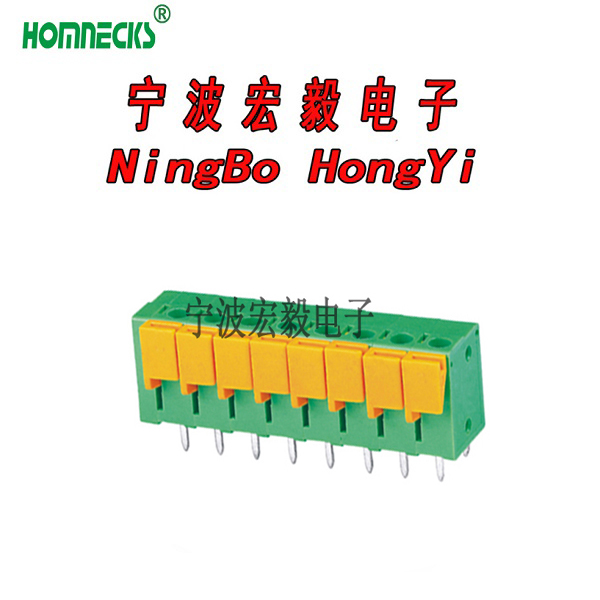


Nowadays, wiring terminals are widely used in electrical connection, and the wiring methods used in different application scenarios are different. What are the common wiring methods of wiring terminals? Below, Ningbo Hongyi Xiaobian will introduce the wiring mode of five types of wire terminals, hoping to help you!
At present, there are five types of common terminal connection methods, as follows:
1. Terminal welding method: the welding method is well understood. As the name suggests, it is to form metal continuity between the solder and the surface to be welded, and tin alloy, silver and gold are common coatings at the welding end of the connecting ring terminal.
2. Terminal crimping: crimping refers to the technology of compressing and moving metal under certain conditions and connecting wires to contact pairs.
3. Wiring terminal winding mode: the winding mode is to directly wind the conductor on the contact winding column with edges. During winding, the conductor is wound under controlled tension, pressed and fixed at the corner of the contact winding column to form air tight contact.
4. Wiring terminal puncture connection mode: puncture connection method is also known as insulation displacement connection, which has the characteristics of high reliability, low cost and convenient use. That is, during connection, the cable does not need to peel off the insulating layer, and the tip of the U-shaped contact reed of the wiring terminal penetrates into the insulating layer, so that the conductor of the cable slides into the groove of the contact reed and is clamped, so as to form a close electrical connection between the cable conductor and the connecting terminal reed.
5. Screw connection mode of wiring terminal: screw connection mode will not be discussed more. What needs to be paid attention to is the large and small cross section of connecting wire and the large tightening torque allowed by screws of different specifications.
The above describes the five ways of connecting common terminals. I hope it will help you. If you want to know more about terminals, please consult customer service online or call the service hotline!